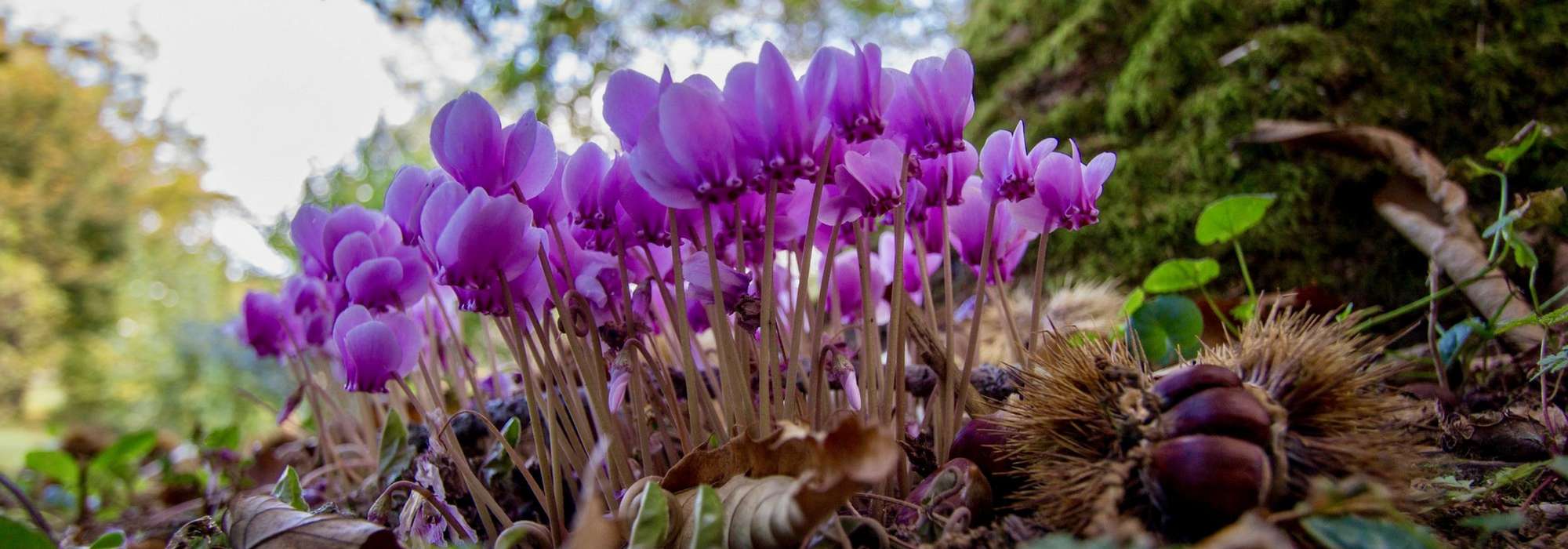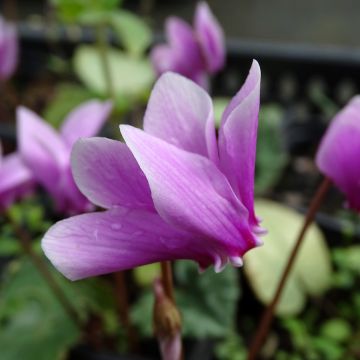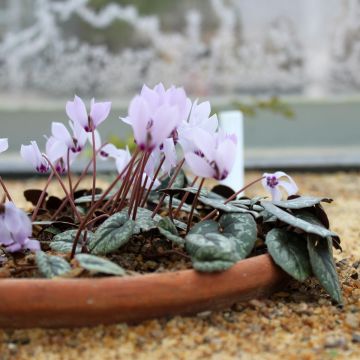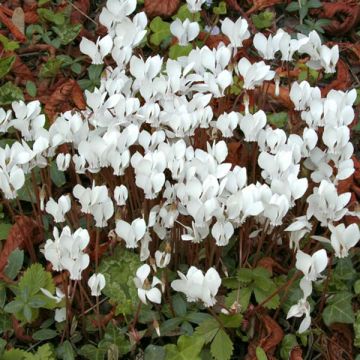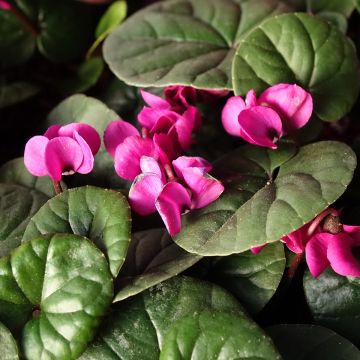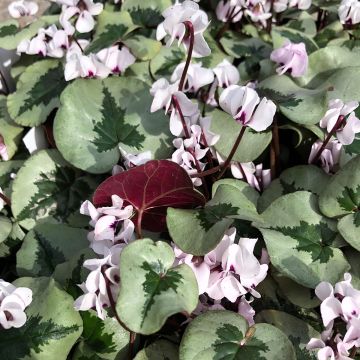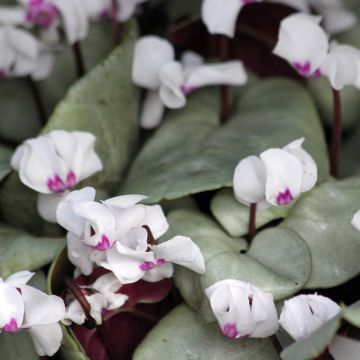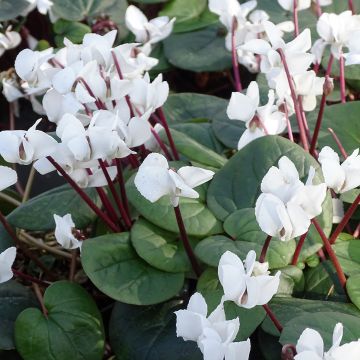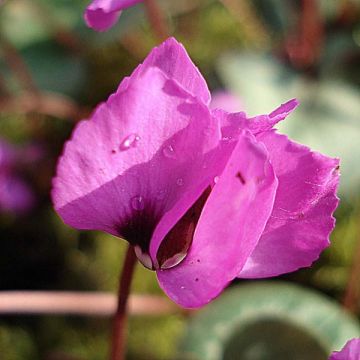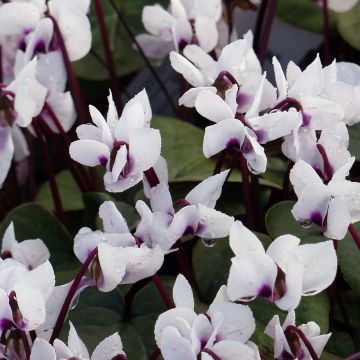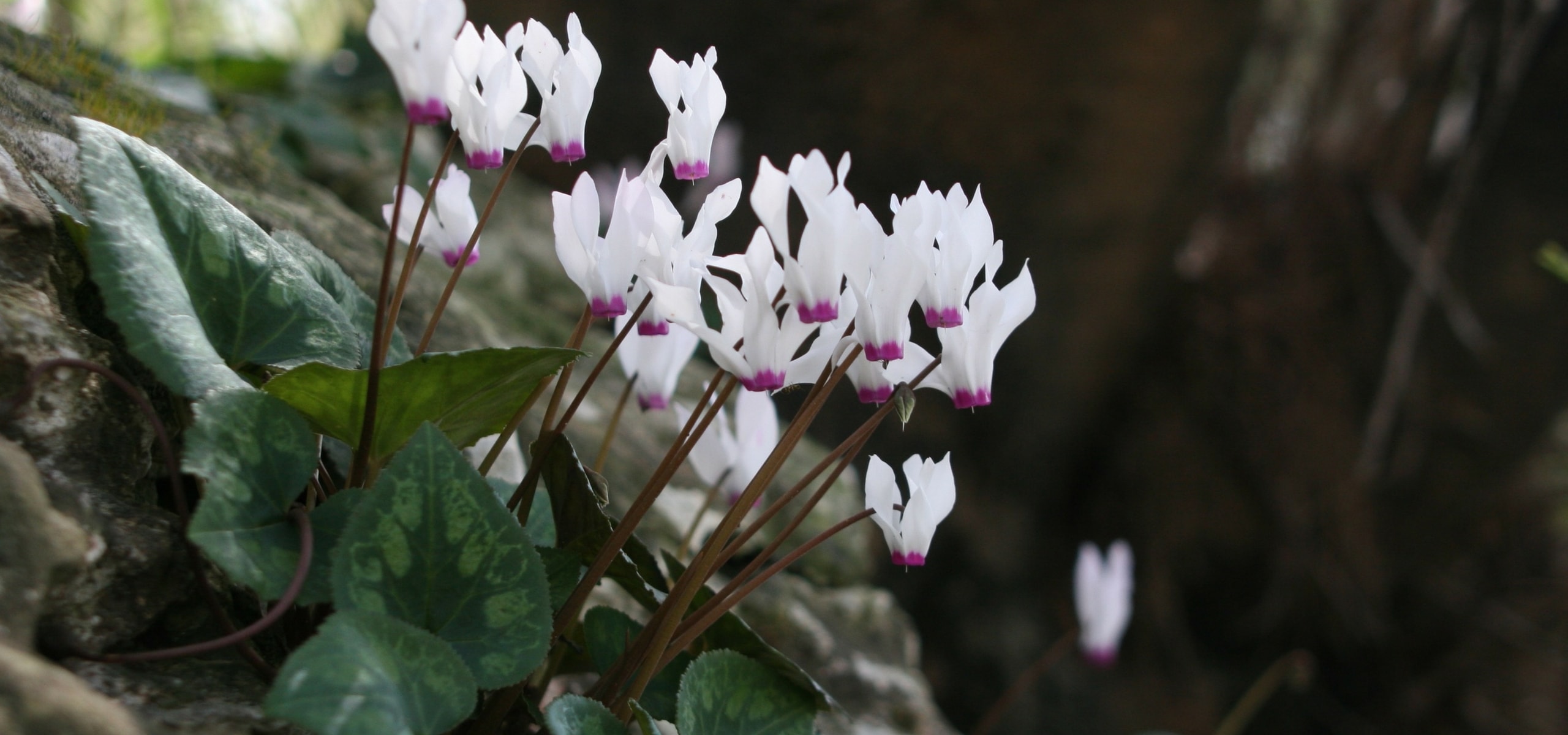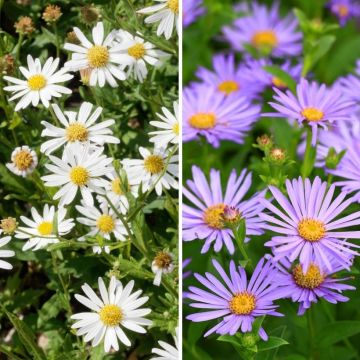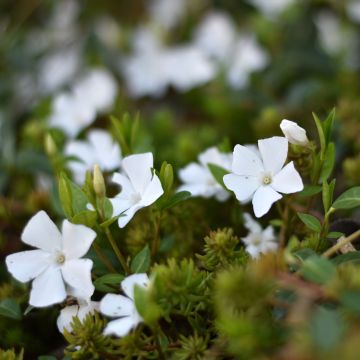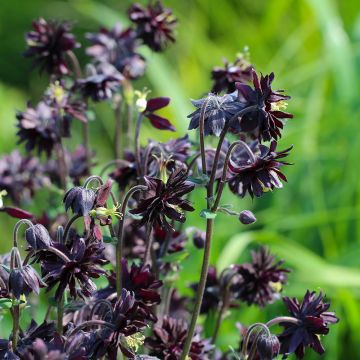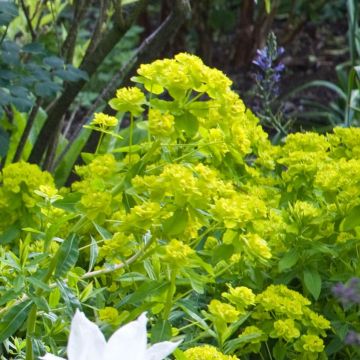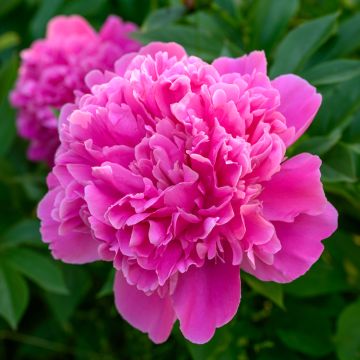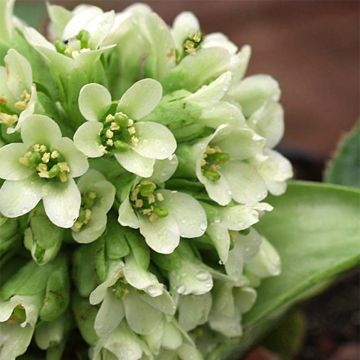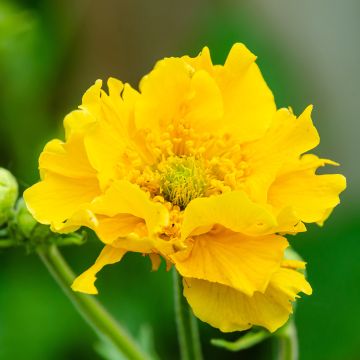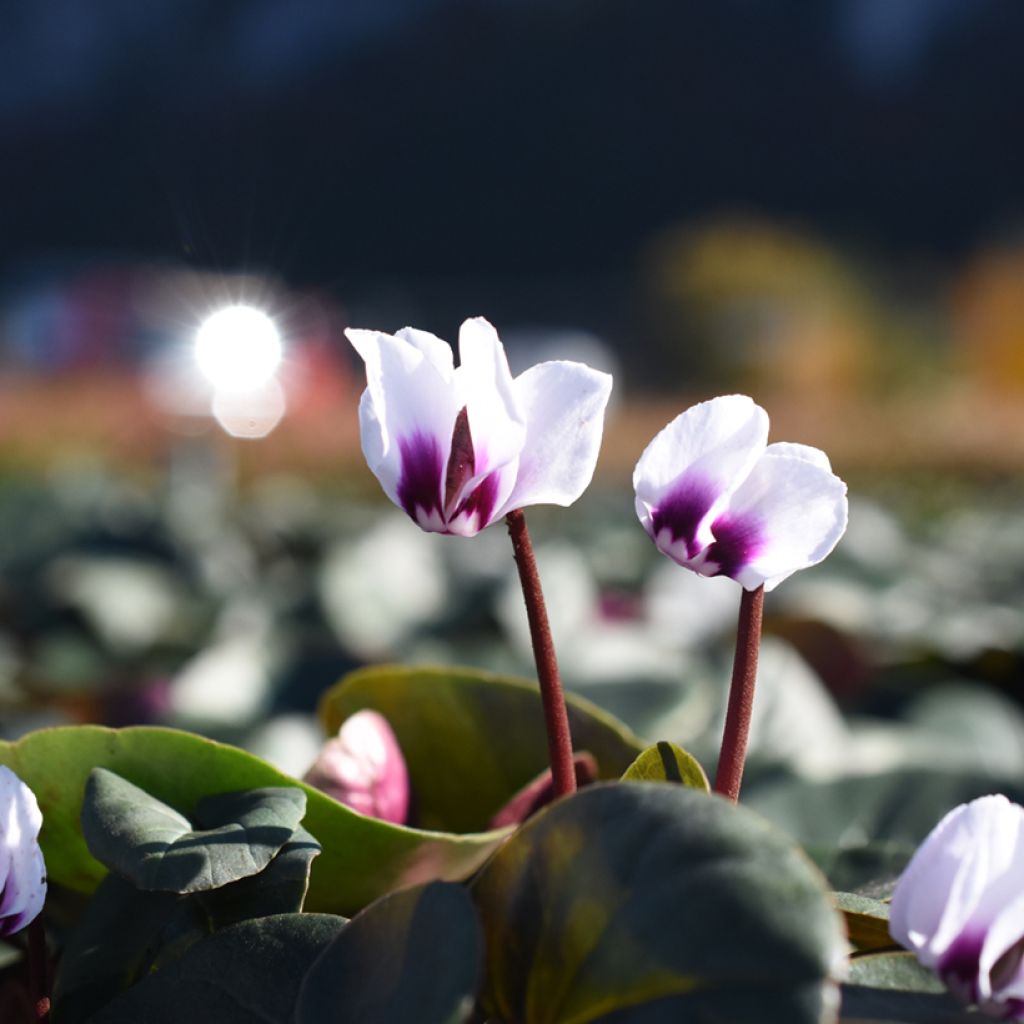

Cyclamen coum Album
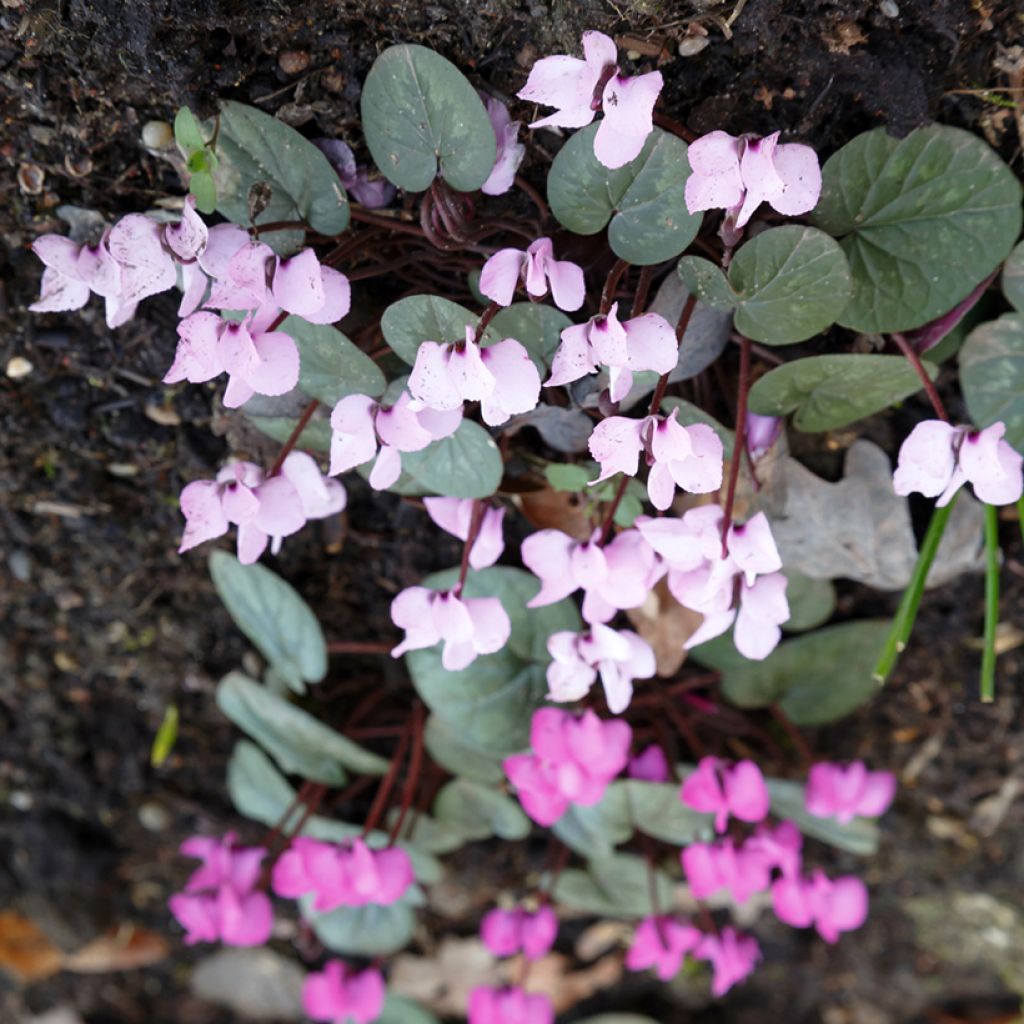

Cyclamen coum Album
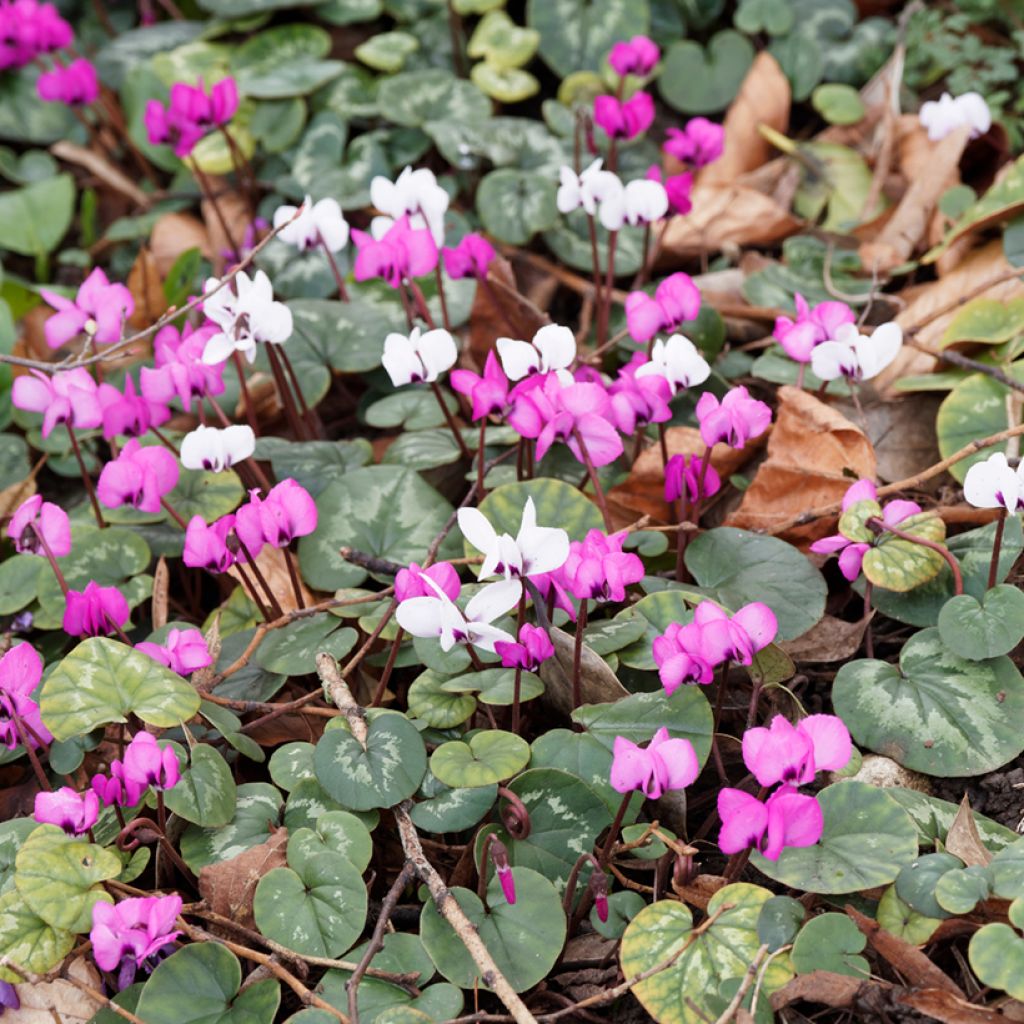

Cyclamen coum Album
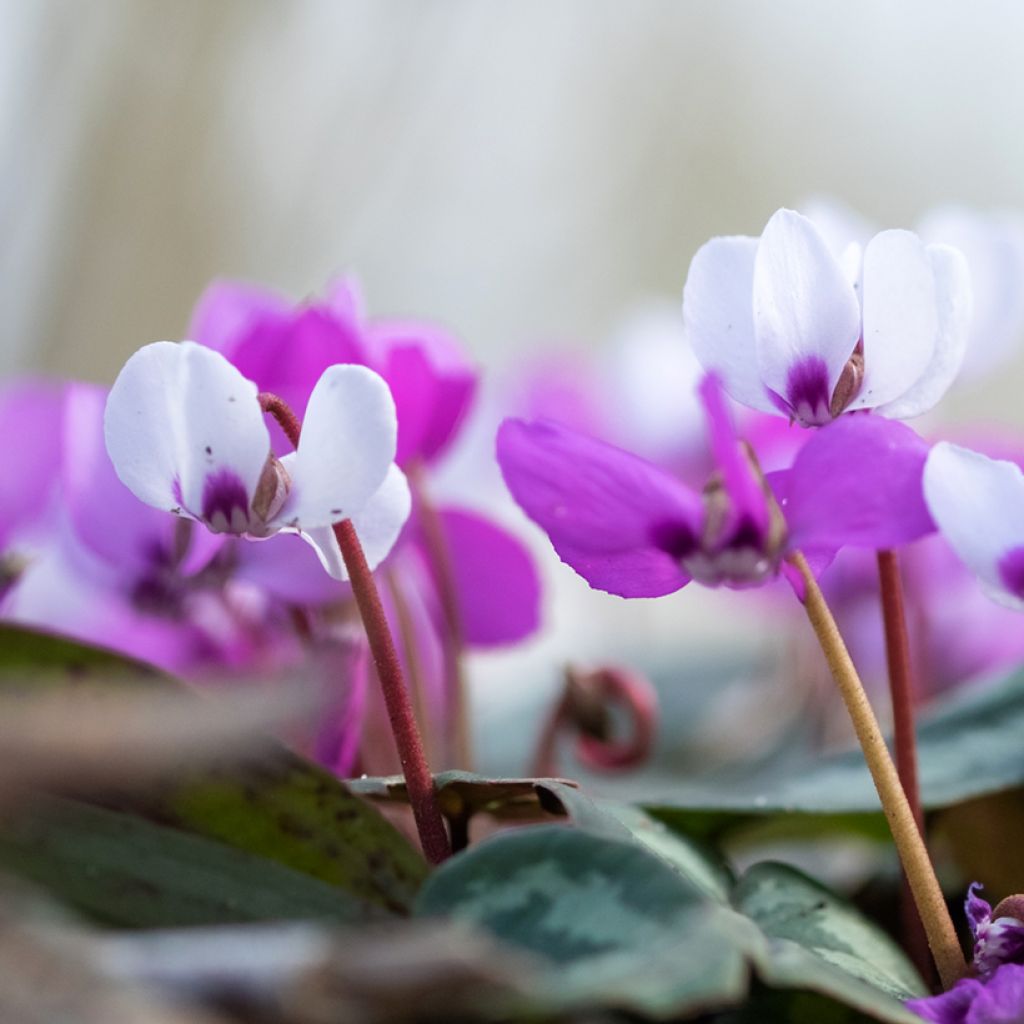

Cyclamen coum Album
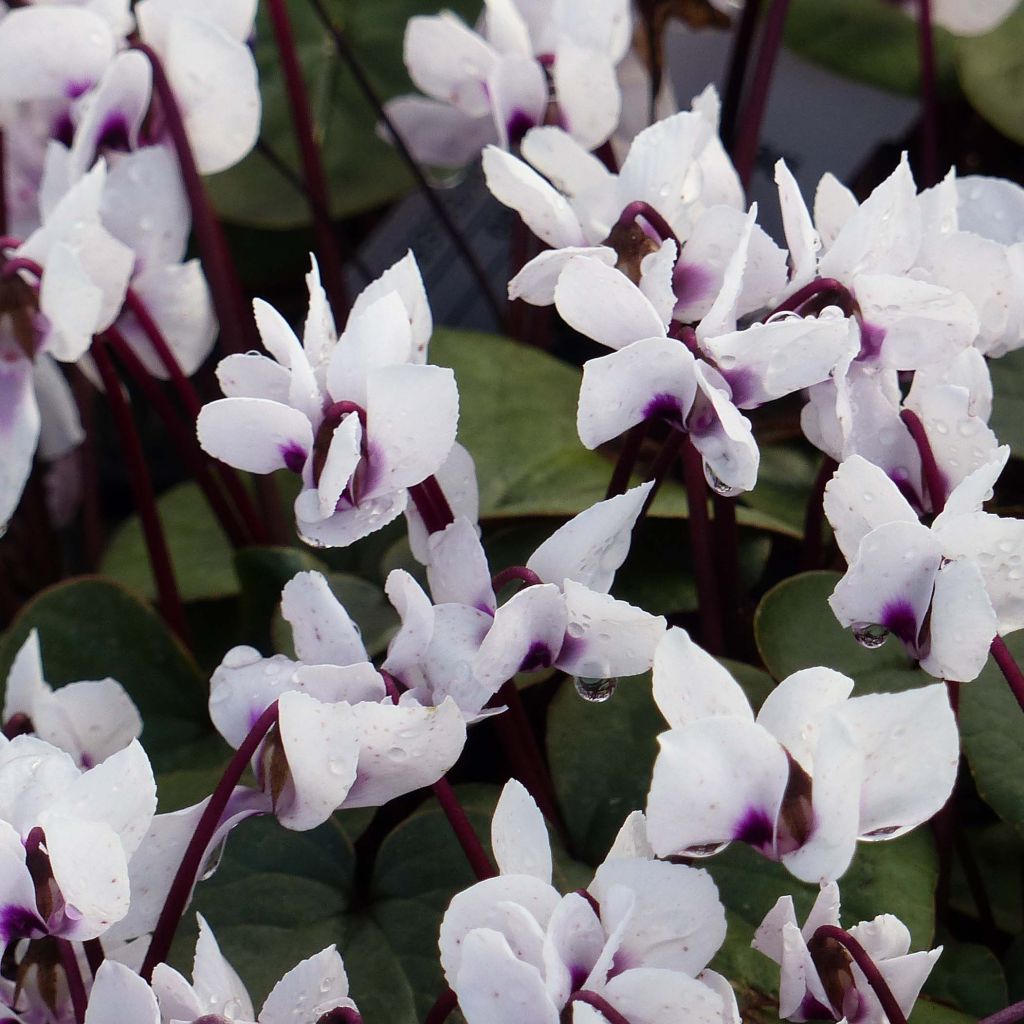

Cyclamen coum Album
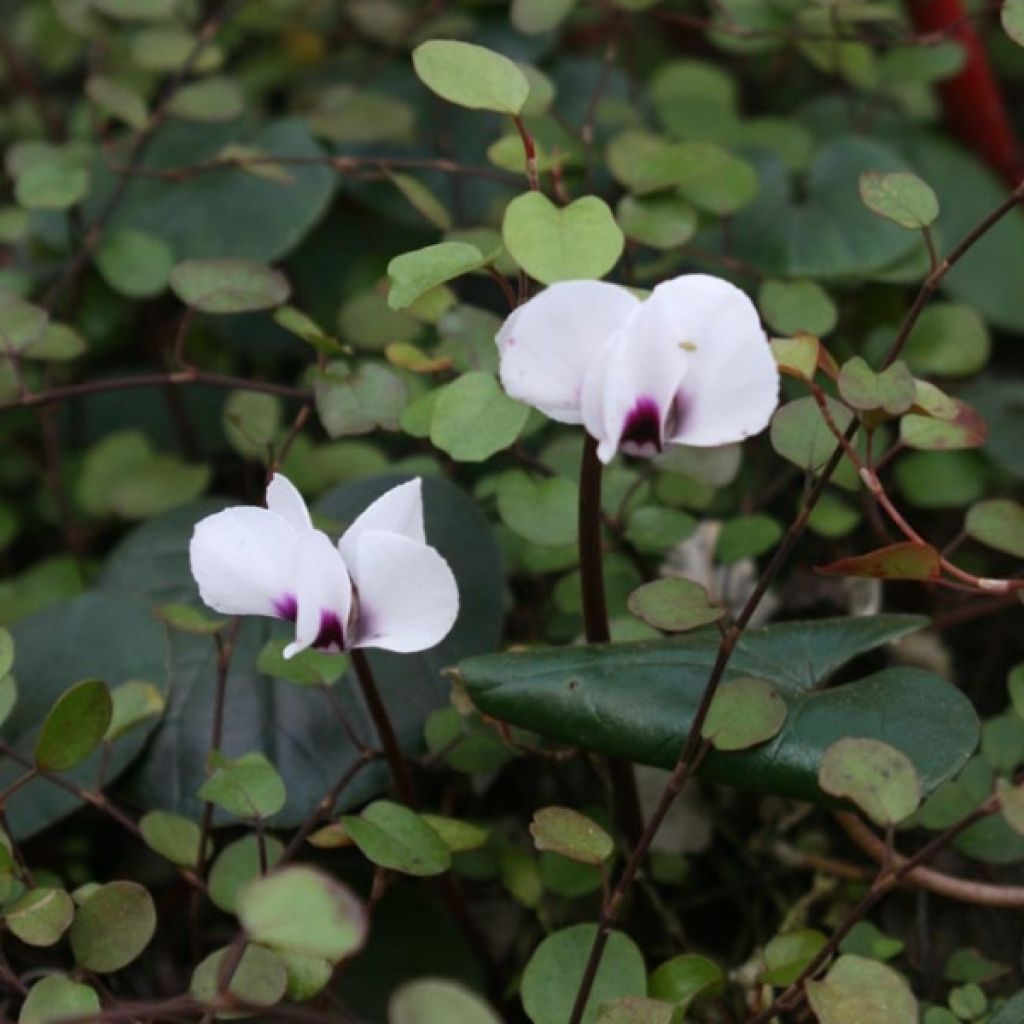

Cyclamen coum Album
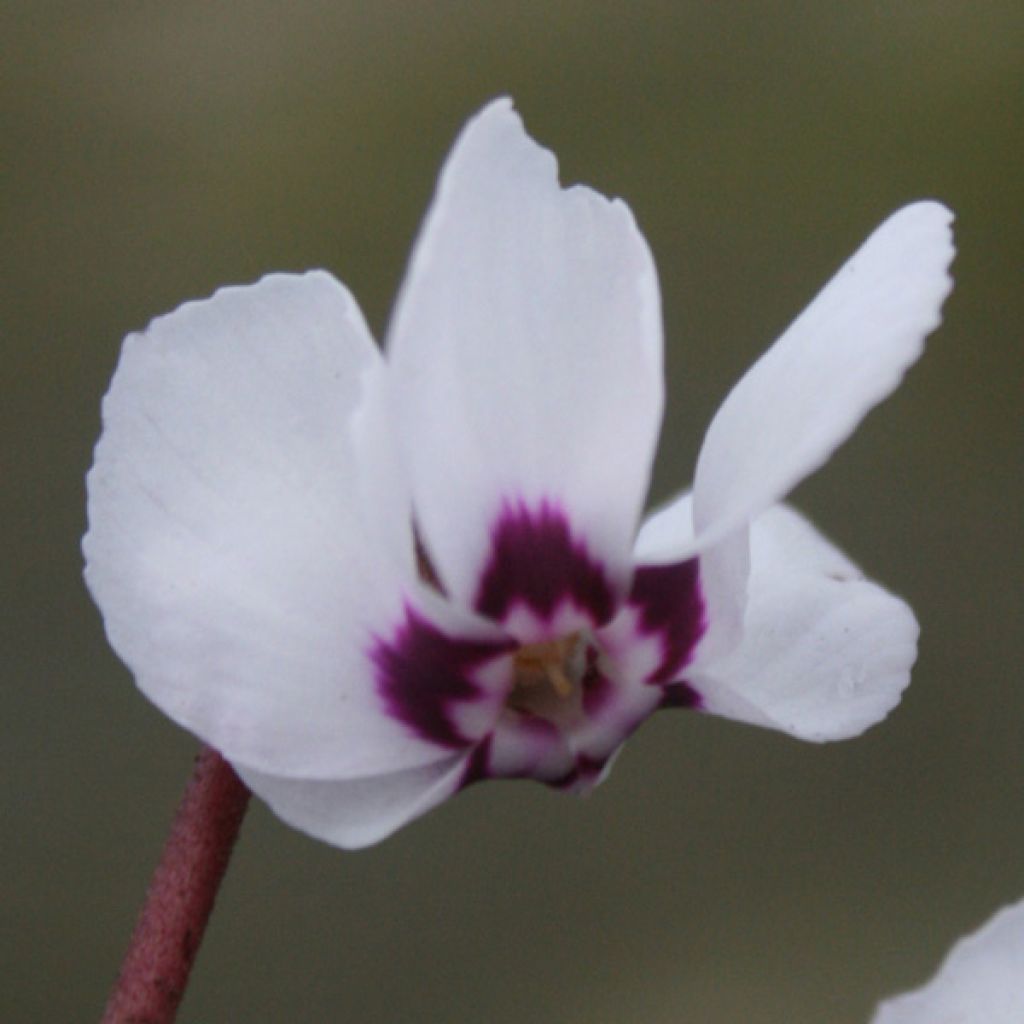

Cyclamen coum Album
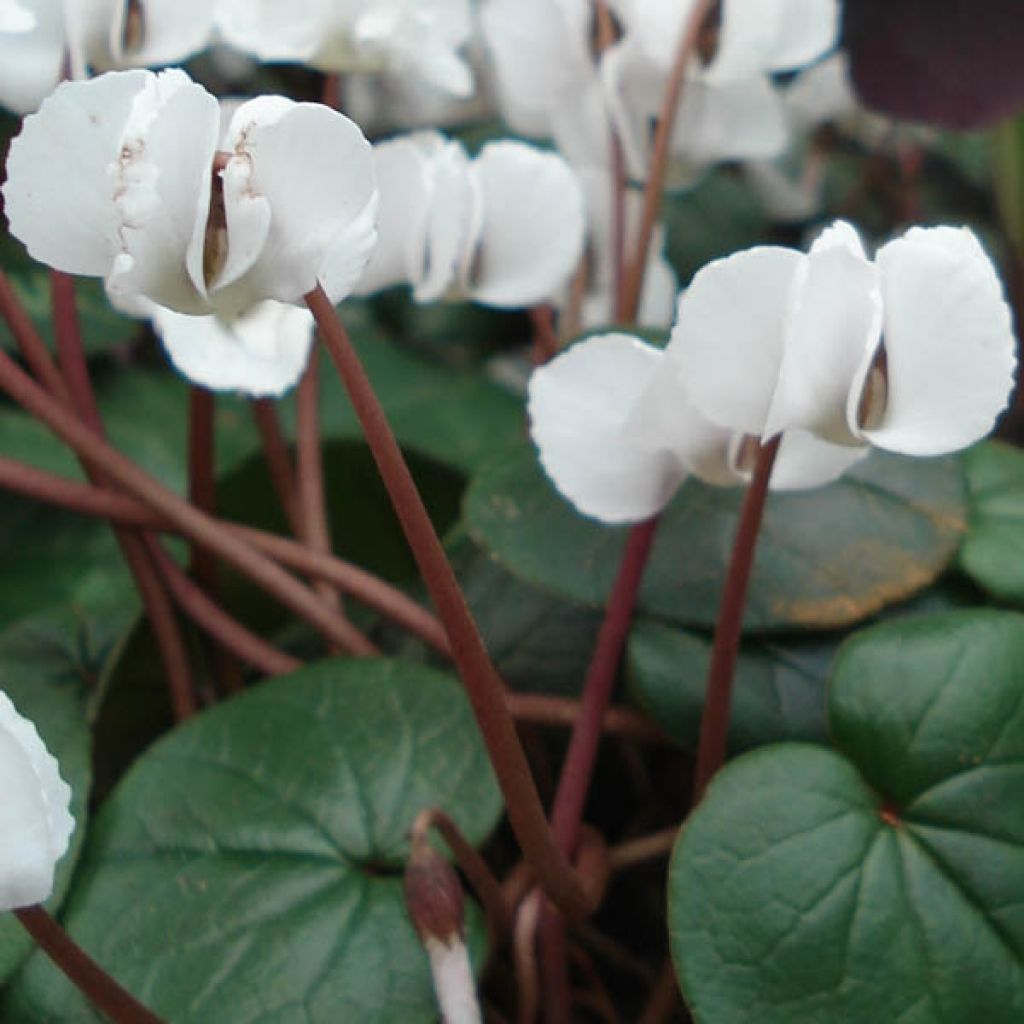

Cyclamen coum Album
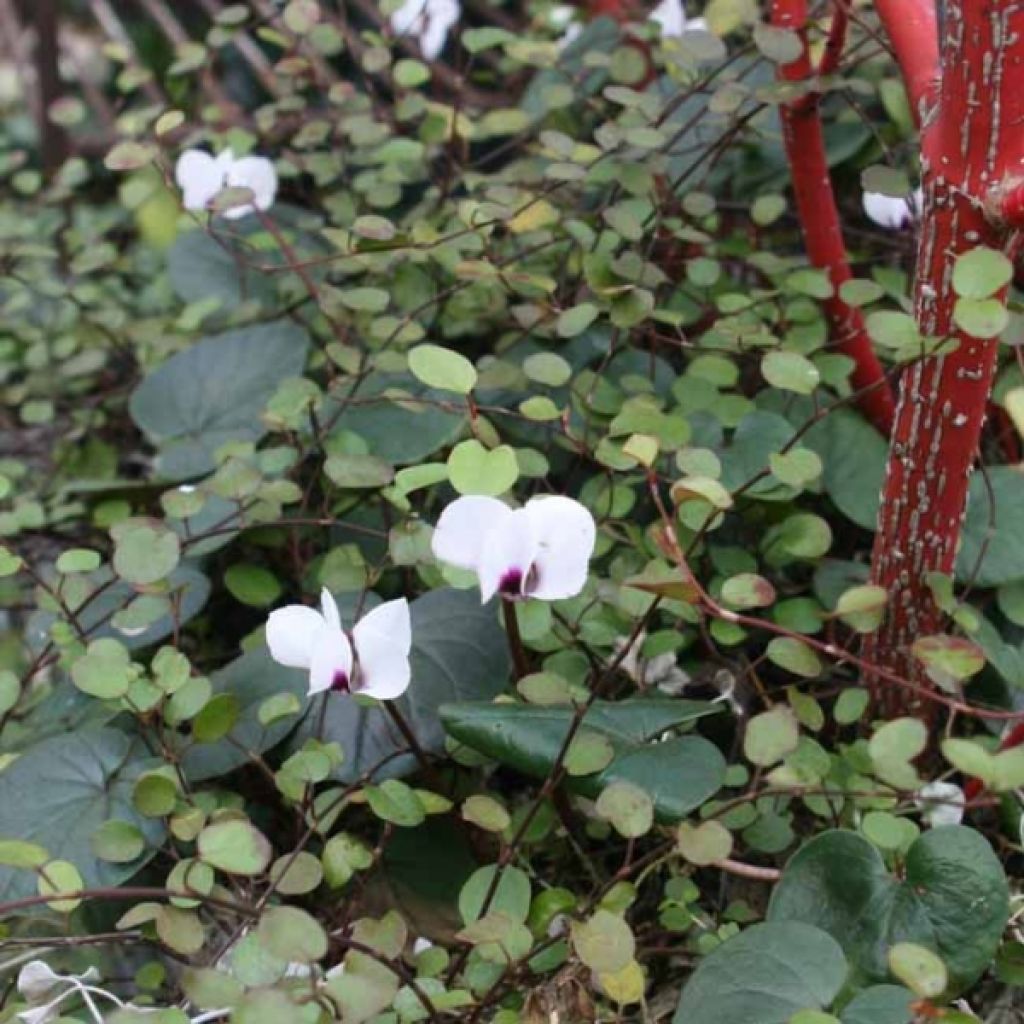

Cyclamen coum Album
Cyclamen coum Album
Cyclamen coum Album
Cos Island Cyclamen, Eastern cyclamen, Round-leaved cyclamen
Very good, happy with my order.
Marie-Catherine, 25/03/2025
Special offer!
Receive a €20 voucher for any order over €90 (excluding delivery costs, credit notes, and plastic-free options)!
1- Add your favorite plants to your cart.
2- Once you have reached €90, confirm your order (you can even choose the delivery date!).
3- As soon as your order is shipped, you will receive an email containing your voucher code, valid for 3 months (90 days).
Your voucher is unique and can only be used once, for any order with a minimum value of €20, excluding delivery costs.
Can be combined with other current offers, non-divisible and non-refundable.
Home or relay delivery (depending on size and destination)
Schedule delivery date,
and select date in basket
This plant carries a 12 months recovery warranty
More information
We guarantee the quality of our plants for a full growing cycle, and will replace at our expense any plant that fails to recover under normal climatic and planting conditions.
Does this plant fit my garden?
Set up your Plantfit profile →
Description
Cyclamen coum Album is a form of Cos Island Cyclamen with very bright white flowers. It is one of the most resistant species and the easiest to grow. Very variable in appearance, there are also lovely forms with pink flowers, all invariably adorned with a small purple spot at the base. Quite hardy, this lovely plant flowers in winter close to the ground, bringing some colour to a deserted garden. Its beautiful small round foliage, dark green and more or less marbled with silver-grey, appears in autumn and persists until late spring and then disappears and goes into dormancy in summer. Install it in partial shade or shade under trees, along paths or in shaded rockeries, where it will slowly spread to form a charming carpet.
Cyclamen coum is a small perennial plant with a tuberous root belonging to the Primulaceae family. It is not native to the island of Kos, Greece, but rather to the mountains of Bulgaria, Turkey, and Lebanon, corresponding to the region of Eastern Cilicia, where it is generally found in shaded areas. This small species measures about 10 cm (4 in) in height.
The tubers of the white Cyclamen coum are rounded and compressed, measuring up to 6.5 cm (3 in) in diameter and are covered with a smooth and velvety 'skin' as well as roots coming from their centre and base. The foliage generally develops in autumn, after a dry summer. In cool and humid climates, it may sometimes only appear at the same time as the flowers, in January-February. The reniform (kidney-shaped) leaves measure about 4 cm (2 in) in diameter. The colour of the leaves can be a shiny dark green, a silver-grey, or show silver-green macules. Their undersides are coloured purple. As soon as the soil dries out a little, in June, the foliage disappears and the plant goes into a restive state.
Flowering occurs from January to April depending on the climate, following the flowering of Cyclamen cilicicum and Naples cyclamen in autumn. The pointed flower buds, initially lying on the ground, stand upright on reddish peduncles. Each flower, which is quite stout and measures 1 to 2 cm (1 in) long, is composed of 5 rounded white petals, curved backwards. They show a small purple spot at the base of the petals. After pollination, the flower gives way to a small round fruit, with the floral stem spiraling to allow the fruit to come into contact with the ground. Ants, which enjoy their sweet flesh, disperse the seeds.
Plant Cyclamen coum Album, with its pink shapes, as a carpet. They will multiply on their own over the years, forming unforgettable carpets in those shaded and dry areas of the garden that are difficult to design. It is a perfect plant for enhancing the bases of deciduous trees in a woodland soil. It is resistant to cold, but its tuber fears excessive humidity, both in winter and summer, and does not tolerate completely drying out in summer. It will find its place in a partially shaded rockery that is not too dry, in the company of Anemone blanda and liverworts, for example. To enjoy a double flowering, mix them with Naples cyclamen that bloom in autumn.
Cyclamen coum Album in pictures
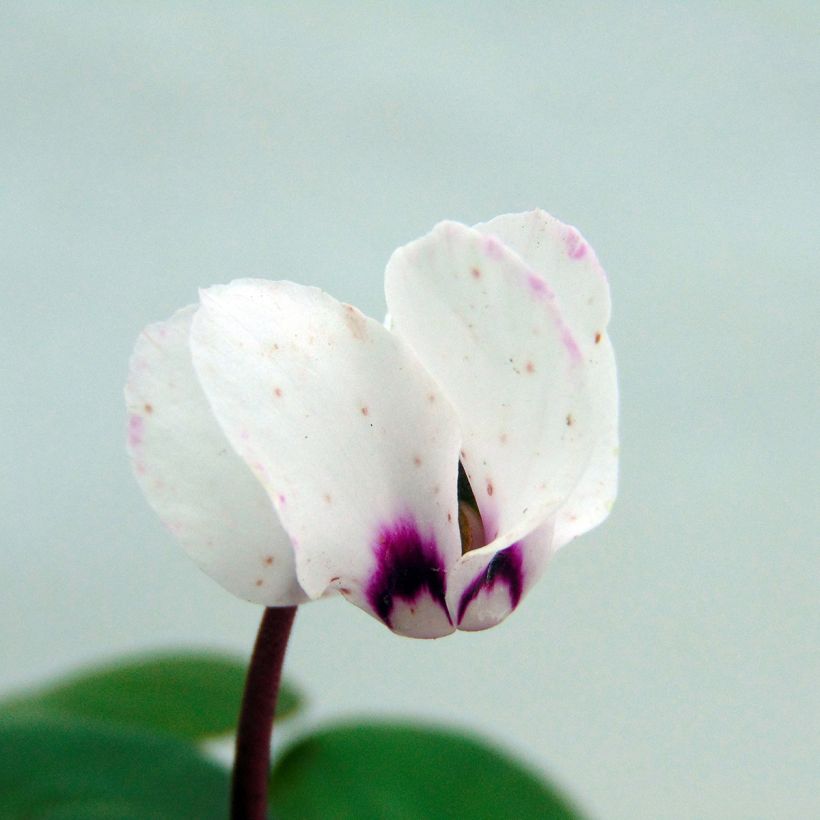

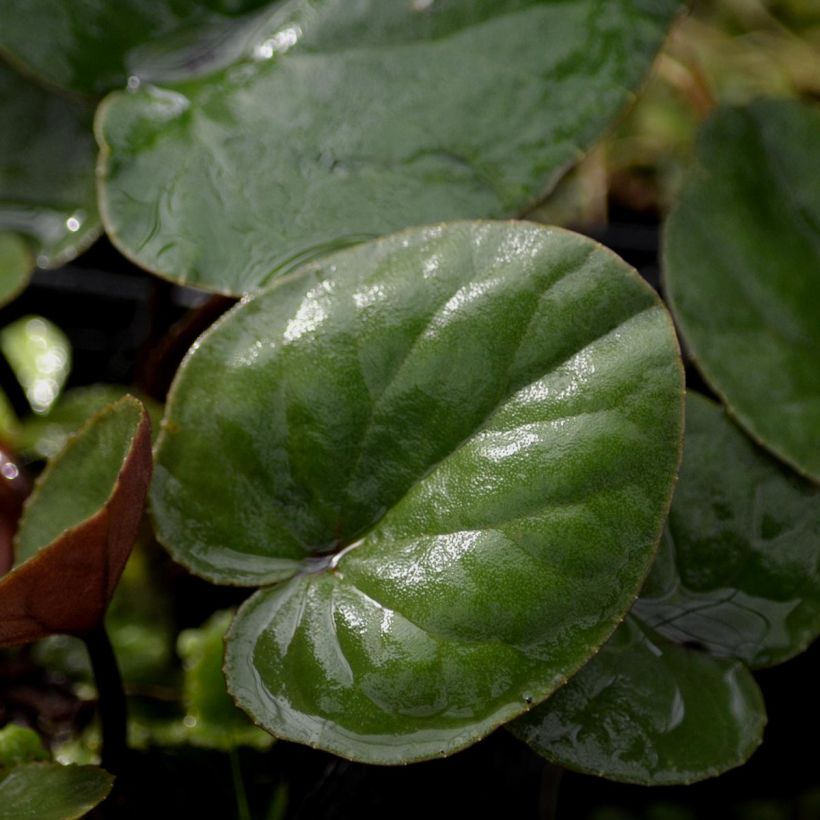

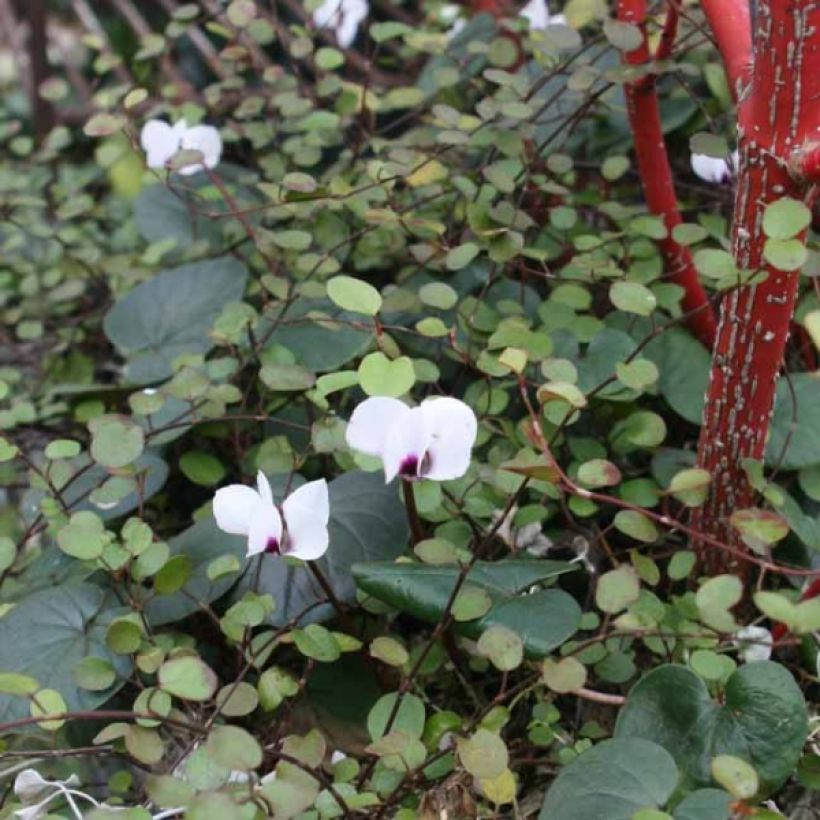

Flowering
Foliage
Plant habit
Botanical data
Cyclamen
coum
Album
Primulaceae
Cos Island Cyclamen, Eastern cyclamen, Round-leaved cyclamen
Caucasus
Other Cyclamen
View all →Planting and care
The plant (its corky tuber) must be installed at a depth of 2 cm (1 in) (the top of the tuber is located 2 cm (1 in) below the surface of the soil) in well-drained soil, and even limestone and rocky soil. Plant your cyclamen in partial shade, in light, well-worked soil. You can plant them in groups of 3 or 5. Cyclamen coum appreciate slightly limestone soils, dry in summer but not excessively, which corresponds to their resting period, and they dislike heavy and/or waterlogged soils in winter. They are excellent plants for rather dry undergrowth and shaded rocky areas. They can also be planted in a short grass meadow and multiply on their own with the help of ants that disperse their seeds.
Planting period
Intended location
Care
Planting & care advice
-
, onOrder confirmed
Reply from on Promesse de fleurs
Similar products
Haven't found what you were looking for?
Hardiness is the lowest winter temperature a plant can endure without suffering serious damage or even dying. However, hardiness is affected by location (a sheltered area, such as a patio), protection (winter cover) and soil type (hardiness is improved by well-drained soil).

Photo Sharing Terms & Conditions
In order to encourage gardeners to interact and share their experiences, Promesse de fleurs offers various media enabling content to be uploaded onto its Site - in particular via the ‘Photo sharing’ module.
The User agrees to refrain from:
- Posting any content that is illegal, prejudicial, insulting, racist, inciteful to hatred, revisionist, contrary to public decency, that infringes on privacy or on the privacy rights of third parties, in particular the publicity rights of persons and goods, intellectual property rights, or the right to privacy.
- Submitting content on behalf of a third party;
- Impersonate the identity of a third party and/or publish any personal information about a third party;
In general, the User undertakes to refrain from any unethical behaviour.
All Content (in particular text, comments, files, images, photos, videos, creative works, etc.), which may be subject to property or intellectual property rights, image or other private rights, shall remain the property of the User, subject to the limited rights granted by the terms of the licence granted by Promesse de fleurs as stated below. Users are at liberty to publish or not to publish such Content on the Site, notably via the ‘Photo Sharing’ facility, and accept that this Content shall be made public and freely accessible, notably on the Internet.
Users further acknowledge, undertake to have ,and guarantee that they hold all necessary rights and permissions to publish such material on the Site, in particular with regard to the legislation in force pertaining to any privacy, property, intellectual property, image, or contractual rights, or rights of any other nature. By publishing such Content on the Site, Users acknowledge accepting full liability as publishers of the Content within the meaning of the law, and grant Promesse de fleurs, free of charge, an inclusive, worldwide licence for the said Content for the entire duration of its publication, including all reproduction, representation, up/downloading, displaying, performing, transmission, and storage rights.
Users also grant permission for their name to be linked to the Content and accept that this link may not always be made available.
By engaging in posting material, Users consent to their Content becoming automatically accessible on the Internet, in particular on other sites and/or blogs and/or web pages of the Promesse de fleurs site, including in particular social pages and the Promesse de fleurs catalogue.
Users may secure the removal of entrusted content free of charge by issuing a simple request via our contact form.
The flowering period indicated on our website applies to countries and regions located in USDA zone 8 (France, the United Kingdom, Ireland, the Netherlands, etc.)
It will vary according to where you live:
- In zones 9 to 10 (Italy, Spain, Greece, etc.), flowering will occur about 2 to 4 weeks earlier.
- In zones 6 to 7 (Germany, Poland, Slovenia, and lower mountainous regions), flowering will be delayed by 2 to 3 weeks.
- In zone 5 (Central Europe, Scandinavia), blooming will be delayed by 3 to 5 weeks.
In temperate climates, pruning of spring-flowering shrubs (forsythia, spireas, etc.) should be done just after flowering.
Pruning of summer-flowering shrubs (Indian Lilac, Perovskia, etc.) can be done in winter or spring.
In cold regions as well as with frost-sensitive plants, avoid pruning too early when severe frosts may still occur.
The planting period indicated on our website applies to countries and regions located in USDA zone 8 (France, United Kingdom, Ireland, Netherlands).
It will vary according to where you live:
- In Mediterranean zones (Marseille, Madrid, Milan, etc.), autumn and winter are the best planting periods.
- In continental zones (Strasbourg, Munich, Vienna, etc.), delay planting by 2 to 3 weeks in spring and bring it forward by 2 to 4 weeks in autumn.
- In mountainous regions (the Alps, Pyrenees, Carpathians, etc.), it is best to plant in late spring (May-June) or late summer (August-September).
The harvesting period indicated on our website applies to countries and regions in USDA zone 8 (France, England, Ireland, the Netherlands).
In colder areas (Scandinavia, Poland, Austria...) fruit and vegetable harvests are likely to be delayed by 3-4 weeks.
In warmer areas (Italy, Spain, Greece, etc.), harvesting will probably take place earlier, depending on weather conditions.
The sowing periods indicated on our website apply to countries and regions within USDA Zone 8 (France, UK, Ireland, Netherlands).
In colder areas (Scandinavia, Poland, Austria...), delay any outdoor sowing by 3-4 weeks, or sow under glass.
In warmer climes (Italy, Spain, Greece, etc.), bring outdoor sowing forward by a few weeks.






























